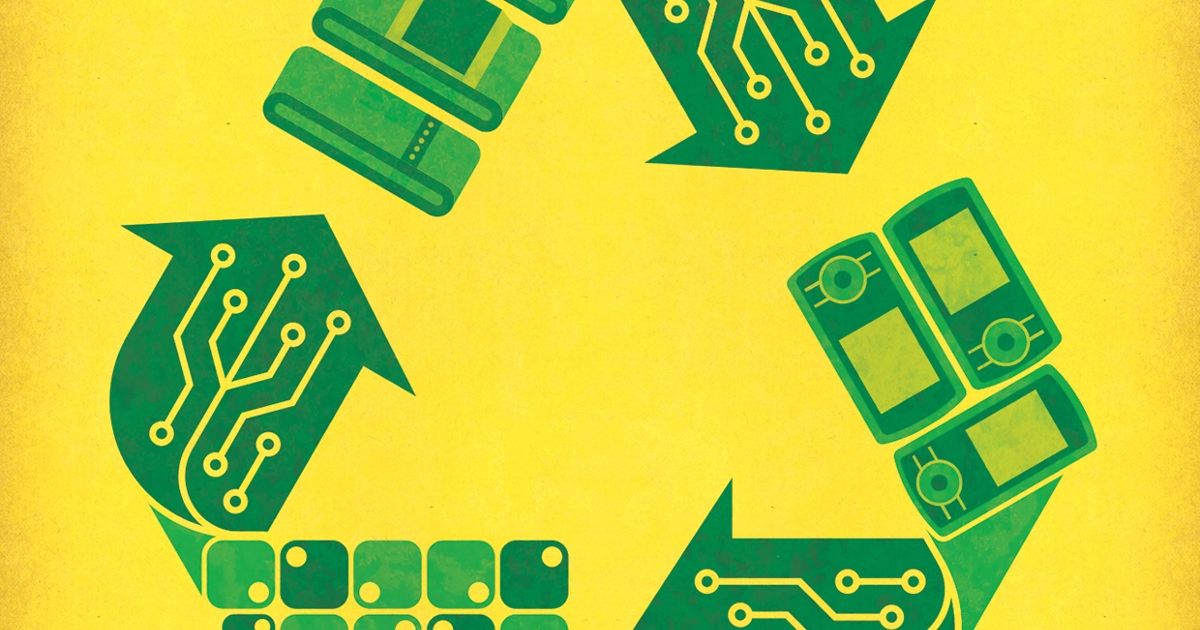The Internet of Trash: IoT Has a Looming E-Waste Problem

In 2016, Masayoshi Son, the CEO of SoftBank Group Corp., predicted that in the next 20 years there will be a trillion connected devices in the world and orbiting the planet. This spurred his investment in Arm Holdings, the chip-design company, which is profiting from increased demand for battery-sipping chips meant for low-compute jobs. Arm’s microcontrollers are now inside rings, watches, and sensors on industrial equipment.
As we add computing and radios to more things, we’re also adding to the problem of e-waste. The United Nations found that people generated 44.7million metric tons of e-waste globally in 2016, and expects that to grow to 52.2million metric tons by 2021. There are two issues.
We’re adding semiconductors to products that previously had none, and we’re also shortening the life of devices as we add more computing, turning products that might last 15 years into ones that must be replaced every five years. In fact, many small connected devices such as trackers, jewelry, or wearables are designed to fail once the battery dies. At that point, the consumer tosses it out and buys another.
The sports equipment company Wilson, for example, makes a Bluetooth-connected basketball. The challenge of putting a replaceable battery inside without messing up performance was too great, leading the engineers who built it to throw up their hands and say, when the battery fails, so does the connectivity. As we embed precious and toxic metals into more and more devices, the tech industry must start to design with recyclability and sustainability in mind.
The process may start with the materials, but it should expand to make sure these goods have a long life.
Source: ieee.org